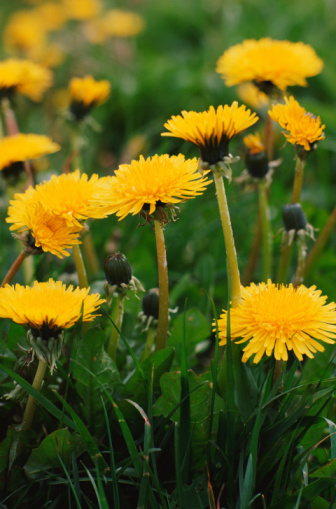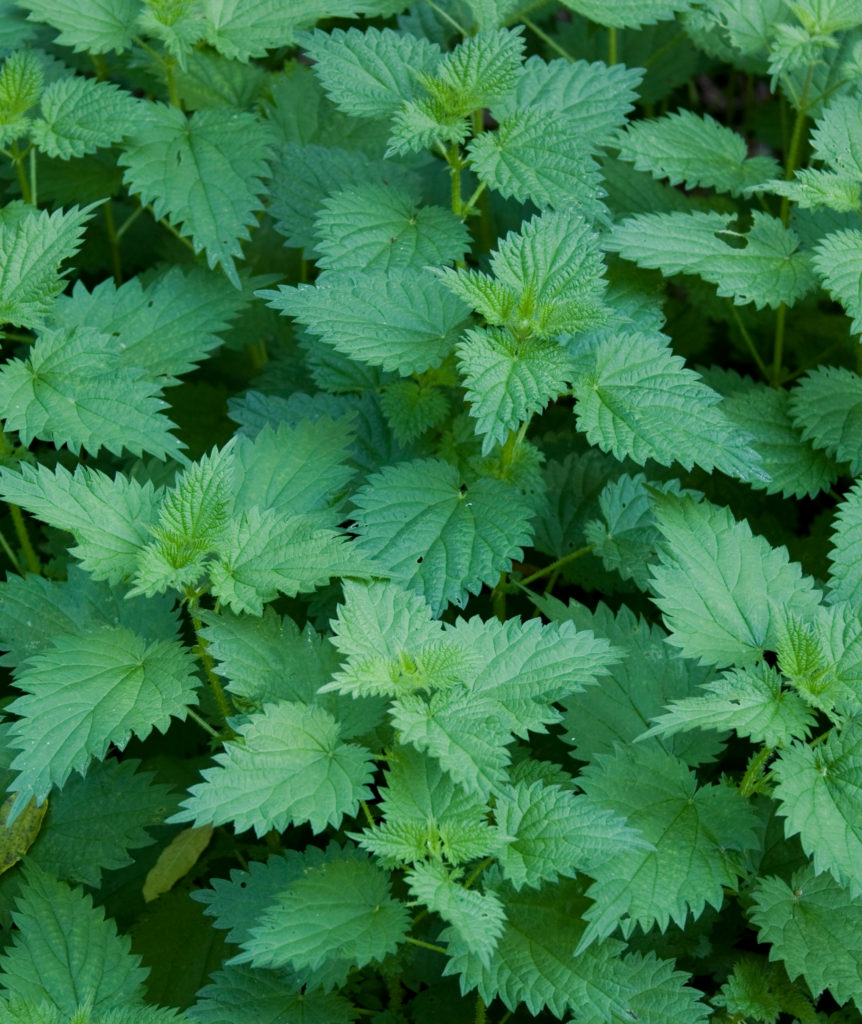Foraging for wild greens is an age old practice, and here in Ohio it’s the perfect time of year to grab a bucket and take a hike to search for supper ingredients.
What Weeds Should I Eat?
While you wait for your garden seedlings to grow, you can take advantage of the delicious and nutritious greens nature provides. Many of the wild greens available this time of year are packed with vitamins and minerals, plus many have cleansing qualities to help clear our bodies of toxins we accumulated over the winter.

Dandelion is probably the most common one, and the young greens make a tasty salad or can be used as wilted greens. Traditionally, dandelion is served with a hot vinegar dressing and topped with hard boiled egg and bacon. There are even a couple restaurants in Holmes County that feature Dandelion Salad on the menu during the spring season. Dandelion greens are best eaten young as they become more bitter when the plant flowers. The flowers are the primary ingredient used in dandelion wine, plus they can be dipped in batter and fried.
Lambs quarter is a prolific garden weed that tastes like spinach when steamed. Another green that is common around the garden and yard is chickweed. I often pinch the tender end shoots and add it to salads. Watercress from streams and garlic mustard from wooded areas are other edible greens that grow in abundance in the spring. Ramps or wild leeks will spice up your foraged dishes and soon the season to hunt for tasty morel mushrooms will start. You can even add a touch of elegance to your wild salads with violets, which are an edible flower.

A spring green that is prolific on our farm is stinging nettle. I once viewed them as a problem to eradicate, now I look at them as a cash crop. Stinging nettle will lose its sting when cooked and makes a delicious green that is great in scrambled eggs or in soup (see recipe below). Many folks also use it as a tea to help with arthritis and other maladies. You do need to take care when harvesting and preparing this plant because the stems can cause skin irritation before cooked.
When foraging for greens it is vital that you have proper identification of each plant. Peterson’s Field Guide to Wild Edible Plants is an excellent resource with pictures of what you should and should not eat. Going on a forage with an experienced person is also a good way to learn beginning plant identification.
Another precaution is to be sure that you are picking from an area that has not been sprayed with toxic chemicals and where pets haven’t added any undesirable extras. During my Thursday gardening demonstrations at Lehman’s store, the display that attracts the most attention is my plate of edible weeds. Many older folks remember eating various weeds, other customers are amazed and sometimes shocked to learn about the many wild edibles. The saying suggests there is no free lunch, but foraging for spring greens comes mighty close to overturning that statement.
PrintNettle Soup
Ingredients
- 8 oz. nettle shoots (or spinach)
- 5 c. chicken stock
- 1/4 cup butter
- Sea salt and pepper
- 1 lb. onions sliced
- 1/4 cup sour cream
- 6 cloves garlic or ramps, chopped
Instructions
- Saute onions and garlic in butter.
- Add nettle and stock and bring to a boil. Gently simmer 5 minutes.
- Puree soup in blender.
- Season generously with salt and pepper. Serve hot with a dollop of sour cream.
- Author: Karen Geiser
Keywords: soups, nettle soup
Editor’s Note: This post was first published in 2010 … but weeds don’t change much.




























